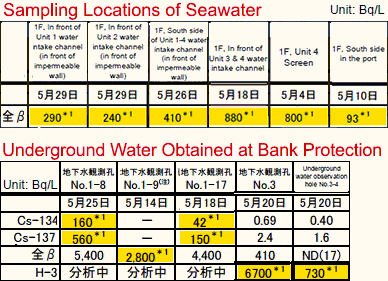Lorrie Goldstein
Toronto Sun: May 16, 2015
It’s as if David Suzuki suddenly found a way to exercise mind control over Prime Minister Stephen Harper and the Conservatives.
This in the wake of the Harper government’s bizarre announcement Friday that Canada will reduce its industrial greenhouse gas emissions to 30% below 2005 levels by 2030, and may consider buying international carbon credits or offsets to do so.
First, there is no conceivable way, based on its record to date, that the Harper government is going to reach that target for three reasons.
First, because it’s a ridiculous target that is more onerous than previous ones it set and then ignored.
Second, because it excludes Canada’s oil sands, which, while generating a small part of our overall emissions, is the sector of the economy where emissions are rising the fastest.
Third, because Harper can’t commit future Canadian governments — and we could have a new one this fall — to an emissions reduction plan that extends to 2030.
As for purchasing international carbon credits to achieve this target, the Harper government previously rejected such action — which it used to deride as buying “hot air” from Russia — since coming to power in 2006.
When Canada gave notice of its intention to withdraw from the Kyoto accord in December, 2011, then environment minister Peter Kent said it would have cost taxpayers $14 billion to buy enough carbon credits to comply with the United Nations climate change treaty, which expired at the end of 2012.
Further, the global carbon credit market is overrun by fraud — awash in carbon credits for which there is no actual reduction in greenhouse gas emissions linked to climate change.
That’s to say nothing of the political corruption in many countries that allows this fraud in the buying and selling of carbon credits to flourish, and the fact that organized crime is involved in carbon credit scams globally, including tax fraud, in the multi-billions of dollars.
Why should Canadians fork over even more money than they do now to heat their homes in winter, in order to pay corrupt foreign governments to pretend they’re lowering their emissions, while we pretend this is an effective way of fighting climate change, aka global warming?
Harper’s Conservatives are clearly not serious about the climate change plan they announced Friday.
It’s a mirage intended to get them past the October election on an issue they feel politically vulnerable about, after which it will disappear like a puff of smoke, whether they win or lose.
The alarming thing is that heading into the election, we will now have the three major party leaders — Harper, Justin Trudeau and Tom Mulcair — all talking about their respective climate plans, none of which has any basis in reality.
The reason the Harper government won’t meet this latest promise to reduce Canada’s emissions to 30% below 2005 levels by 2030, is the same reason it wouldn’t have met its previous commitment in 2009 to reduce them to 17% below 2005 levels by 2020.
It’s the same reason the Jean Chretien/Paul Martin Liberal government of 1993 to 2006 failed to meet its target of reducing emissions to an average of 6% below 1990 levels between 2008 and 2012, and its earlier commitment of 20% below 1988 levels by 2005.
It’s the same same reason the Brian Mulroney Conservative government of 1984 to 1993 failed to meet its promise to reduce emissions to 20% below 1988 levels by 2005, which is where Chretien got the idea from.
The reason is that we live in a big, cold, northern, sparsely-populated, industrialized, fossil-fuel exporting country, with one of the best living standards in the world, because of the benefits of fossil fuel energy.
We have no reason to pay “indulgences” to the global planners at the UN, who are using the issue of climate change not to save or cool the planet, but to redistribute global wealth.
(read the full article at Toronto Sun)


 Fukushima… And the disaster has yet to end. It continues to recur every day. More than 300 tons of water, contaminated with intense levels of radioactive substances, are being generated every day…
Fukushima… And the disaster has yet to end. It continues to recur every day. More than 300 tons of water, contaminated with intense levels of radioactive substances, are being generated every day…